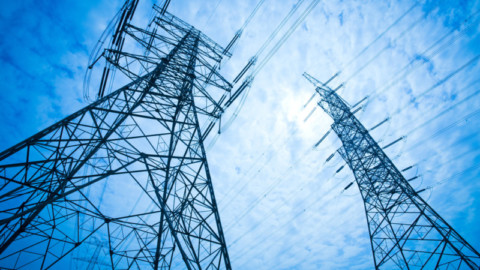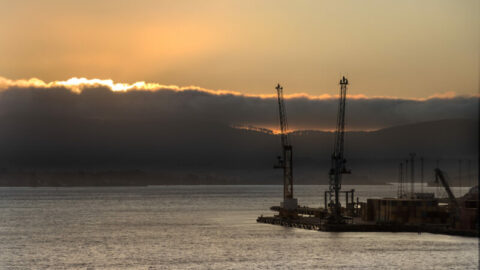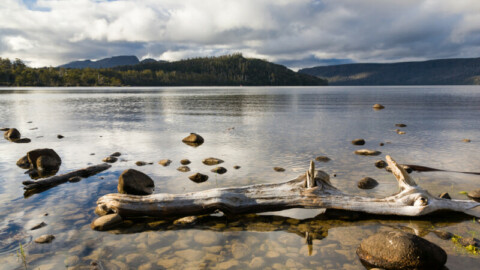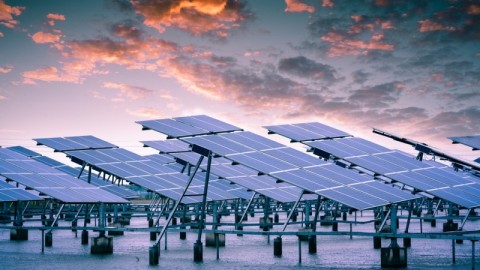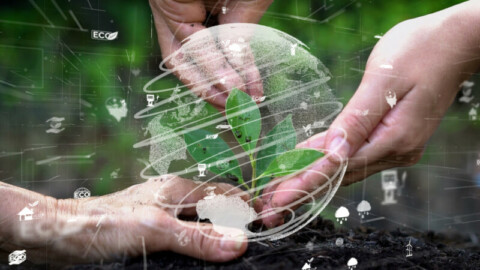The changing trends and energy use of consumers has been analysed for future energy forecasting in a new report led by Monash University.
The Digital Energy Futures: Scenarios for Future Living 2030/2050 report was developed in partnership with Energy Consumers Australia, Ausgrid, and AusNet Services and launched at Energy Consumers Australia’s Foresighting Forum 2023 – Energising Australians in Sydney.
The report outlines a vision and roadmap to support the industry in modelling energy scenarios by adding a unique and rich consumer-centric perspective, backed by research, that is responsive to people’s priorities and needs.
The report challenges the energy industry to better consider changing trends in how people engage with the energy system and underscores the need to better understand consumers to enable a successful energy transition.
Increased automation and widespread uptake of smart home technologies, hybrid school and work arrangements that have become the norm, and families adjusting their daily schedules to cope with extreme weather conditions – including taking afternoon siestas – are among a range of future scenarios canvassed in the research.
Led by Monash University’s Emerging Technologies Research Lab, the world-first research project spanning over four years sought to investigate Australians’ future lives and the implications for energy forecasting. The report is expected to set a new paradigm for understanding the role of consumers in the energy transition.
The project – spanning across multiple phases and includes focus group workshops, ethnographic studies, and surveys – seeks to fill a knowledge gap in the forecasting models relied upon by the energy industry and the government.
Project leader, Professor Yolande Strengers, said the research sought to better understand consumers and the impact on future household electricity demand in order to fill a knowledge gap in the forecasting models currently replied upon by industry and the government.
“As part of our work we analysed 46 energy scenarios across 14 industry reports and found that no data or insights about everyday life had been used to represent or forecast how people will use and engage with the energy system in the future,” Professor Strengers said.
“This presents a huge opportunity to improve upon the existing industry scenarios by better considering changing trends in and around how people will engage with the energy system.
“Through our carefully designed scenarios we are able to illustrate the lives of three diverse households to explore the nitty-gritty of daily life in the future – things like changing living circumstances, working patterns or emerging health concerns – to update and expand current industry scenarios.
“These things matter because the energy transition will affect us all in different ways, and not necessarily equally.”
Ausgrid and AusNet Services are considering adapting the findings from the project into their own planning for the shift to a low carbon future and the researchers are hoping other companies will do the same.
AusNet General Manager Regulation, Electricity Distribution, Charlotte Eddy, said the research was starting many conversations internally about the needs and expectations of the future customer base, and what AusNet might do to prepare.
“It’s helping us to re-imagine how people consume, generate and access energy so we can make the right decisions that will benefit customers well into the future,” said Ms Eddy.
Energy Consumers Australia CEO, Lynne Gallagher, said the project had set a new paradigm for understanding consumers and their key role in the energy transition.
“While the future is uncertain, one thing we are sure of is that consumers must be placed right at the core of our planning if we are to reap the full benefits of transition to net zero,” Ms Gallagher said.
“This report challenges government and industry to think more deeply about the experiences of a range of consumers, including what drives them to engage with emerging technologies as well as the barriers preventing participation by others.
“As these scenarios illustrate, consumers are highly diverse and will have unique relationships to emerging energy and digital technologies.
“Unless consumers are fully engaged, a successful energy transition simply won’t happen.”
Exploring three diverse households
The Digital Energy Futures: Scenarios for Future Living 2030/2050 report tracks the lives of three diverse households – the busy Johnson family, Chinese-born migrant Xinyi and her cat Mimi, and retirees Ruth and Robert – and their experiences with emerging lifestyle and technology trends across four different scenarios.
For the well-off Johnsons, technology is a major feature of their lives. The family owns an electric vehicle, having initially been drawn in by its high-performance rather than the environmental benefits, and over time their early investment in a large solar and battery system allows them to turn a tidy profit exporting surplus electricity from the EV when grid prices are high.
Contrast that with the experience of nursing assistant Xinyi, whose landlord declined to install solar panels or a battery, despite government incentives. By 2050, robotic assistants have taken over Xinyi’s job and she winds up unemployed and struggling to pay her rising electricity bills. In a climate of increasingly extreme weather conditions, she is forced to make a difficult choice between comfort and financial security.
In another scenario, business and household routines have shifted in response to the changing climate. By 2050, many schools, workplaces, and businesses will operate earlier or later to avoid people having to go outside during the hottest part of the day. Families stay at home more and some households have embraced the afternoon siesta when working from home.
Ruth, who is now widowed, elderly and living on a rural property, has become anxious about the frequently extreme weather conditions and electricity outages. As a result, she is considering moving into town so she can better access community services, including a refuge centre set up by the government in recognition that many people don’t have access to safe and healthy homes.
The characters and scenarios they face have been informed by extensive research conducted during earlier phases of the project, including multiple focus group workshops, an ethnographic study with more than 70 households, and trends from Energy Consumers Australia’s Energy Consumer Behaviour Survey.




